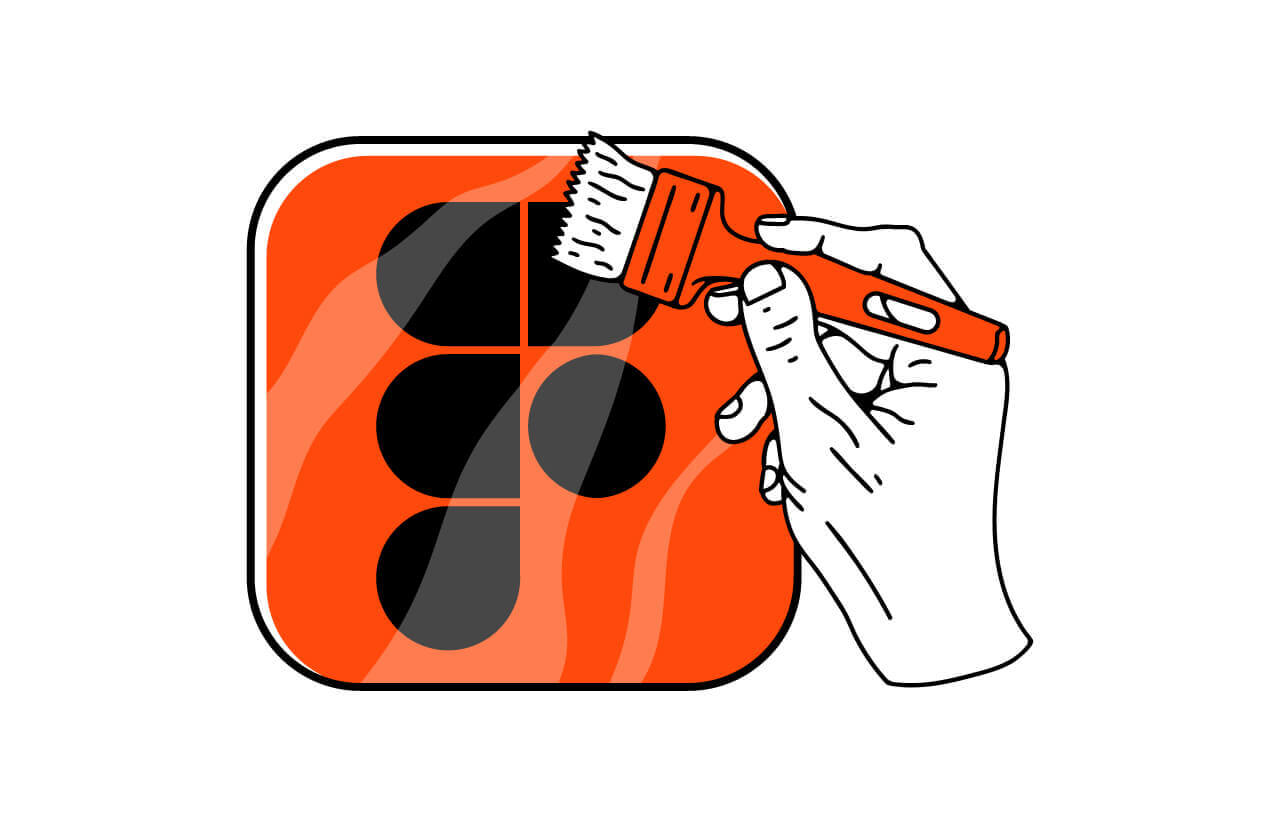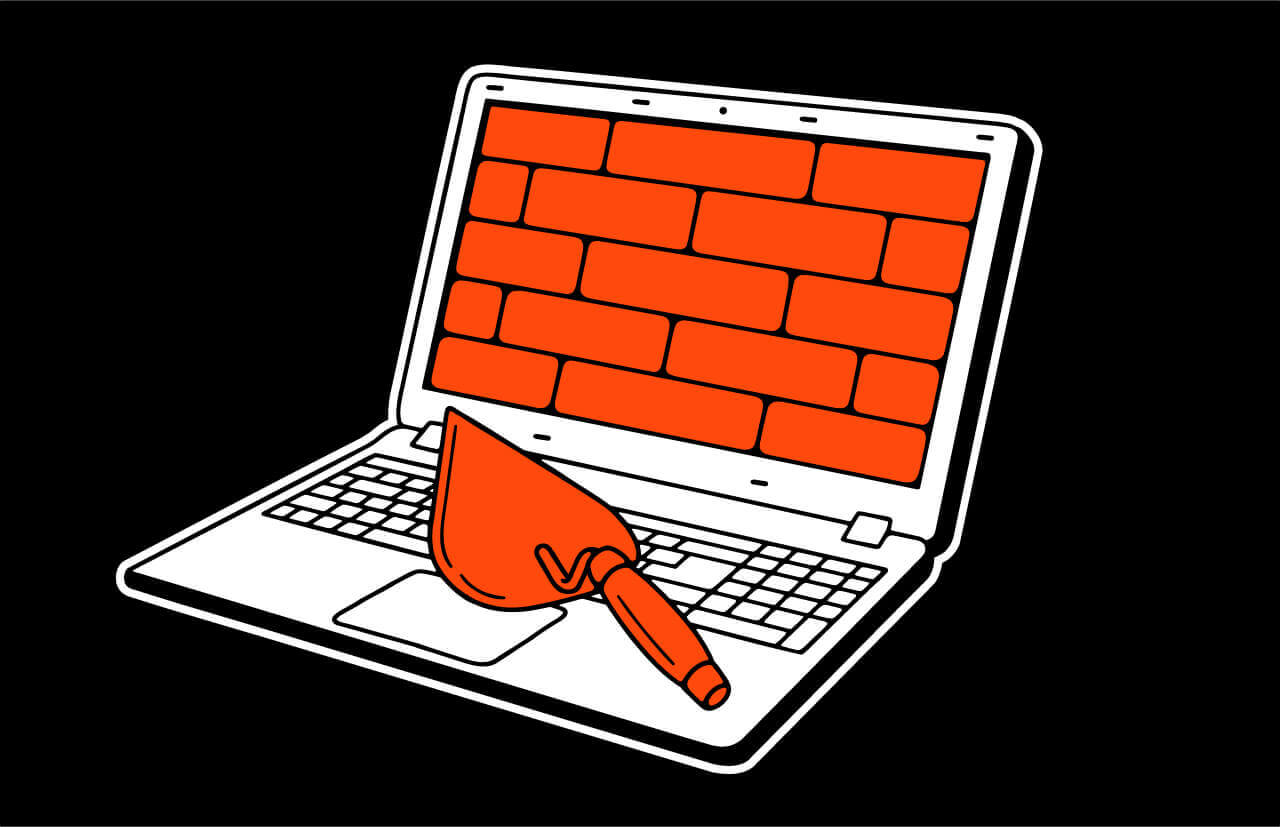6 tips to have the best design professionals in your team.
The world is full of brilliant design — the kind that evokes emotion, inspiration and envy all in one hit. So why isn’t your team creating designs that are winning a Red Dot award or being published by The Verge? We know how you feel. You’re sure you’ve got stuck with average and despite the decent salary and working conditions for your designers, you are not getting the desired outcome.
So where have all the great designers gone? Let’s investigate.
What is a “good designer”?
You know great design when you see it, but recognising a great designer can be more of a challenge. From my experience the best guys:
1. Have a good set of hard-skills
Great designers are able to apply the best methods and practices to any project, without having to reiterate over and over. That means using design sprints and customer journey maps when they’re needed, knowing how to do design research and building a prototype.
2. Are proactive and responsible for product goals
Designers should never need babysitting. Instead, they should constantly be coming up with new ideas and making suggestions to continuously improve the product.
There are tons more characteristics to look out for:
- team player
- solutions-focused
- a born creative
- self-organized
- communicative
- etc...
but when it comes to hiring for middle and senior product designers these are the two non-negotiable traits.
So how hard could it be to find a proactive designer with hard skills? As it turns out, pretty difficult. Not because there are none on the market right now, we’re honestly sure it’s quite the opposite. The reason is that the working environment really matters. With great team management and a team structure, any new designer will thrive — whether they’re senior or junior. So in today’s article, we’re going to explore the main problems of the “designer — team — manager” triangle — and how you can fix it.

critical web design mistakes to avoid
Part 1. Designers don’t have a good set of hard-skills.
Problem #1. Designers don’t have anyone to push them up to their limits and to point out their mistakes

A product designer isn’t the kind of guy who can sit alone in a room to ‘perfect’ their art. They need mentors, tutors, and coaches — people who they can learn from. This means that as soon as a designer enters a product team on their own, their growth is stunted.
Without someone there to point out their mistakes and make suggestions for how to improve, they’re never going to get better. They can create a horrible design and get away with that. They can stay on the same level for years without getting any better and no one will notice. There is no authority, no critics, no movement.
A manager without the know-how to offer direction or advice is a direct route to the designer’s forever still pond.
Problem #2. Often managers are leaving their product designers marooned on their own in a product team

Sometimes we all need someone to give us a good piece of advice and the opportunity to share our thoughts. Working as a solo designer in the team results in a lack of inspiration, support and fresh points of view. Without sage words of wisdom from other experienced teammates or a sounding board for new ideas, it also means your designer has to constantly reinvent the wheel.
The bigger the company, the bigger the problem. Being the only designer in a team means getting sucked into design evangelism, bureaucracy and politics without having the room to learn, improve, create and share.
“For the past few months, I’ve been working on an app for a plastic surgery clinic in Los Angeles. One of the app’s features is a direct chat between a doctor and a patient that allows them to exchange all the necessary information and prescriptions. And you know what? I’m building it all from the scratch, from the ground, while a similar chat for collecting patient’s test data already exists, made by a guy who’s sitting one floor underneath me. He’s even done a user’s testing and fixed all the main bugs. And still, here I am, doing the same things over again.” — Dave, a designer who’s spent years working alone in a product team.
Problem #3. Often managers are leaving their product designers marooned on their own in a product team

All designers start out bright-eyed, bushy-tailed and determined to create brilliant designs. That is until they get entrenched into a product team. Faced with so few opportunities to grow and so few people to learn from, designers start to think that they’ve reached their designing peak and are tempted to hunt out skills from other branches, whether that’s product management, analytics or even front-end. The result is often a horizontal step into a role that involves idea generation and hands-on work instead of further growth as a senior designer. Sometimes it can be a role at some small business branding agencies or a newly established product design studio.
Tips on solving the hard-skill problem?
- Designers should hold on together — team meetups, rotations between and inside the team, hang outs outside of an office. All of this helps to build a productive and creative environment.
- Designers should have a mentor — a strong and (most importantly) still practicing design director. Not one that just likes to talk but can’t do anything on their own. That type definitely won’t help.
Chapter #2 — product designers are not proactive and vocal
Problem #1. Routine tasks prevail over creativity

Proactivity isn’t all about motivation, passion, and drive. When a designer becomes reactive it isn’t because they’re lazy — more often it’s due to an intense workload that doesn’t allow for innovation. In these scenarios, being effective means being fast at dealing with a backlog, making quick fixes or reacting to feature requests.
Take one of the huge service accelerators: all one of their designers does all day long is answering support requests. He gets a message: “This picture is too small in the mobile version” and goes to fix it. Then he gets another one: “The button in the app is not clickable” and he goes to fix the button. And yet another one: “You can’t read the grey text in the description” and of course he goes to change the text. There is no creativity in this task, no pool to grow or offer new solutions — all the designer is up to is being a technical support. And he will never become anything else if he continues to work like this.
Problem #2. Because new ideas mean conflict

Idea generation isn’t the fairytale we imagine. In the non-friendly designer environment there’s no group brainstorming session, no genius lightbulb moments, and no congratulatory pats on the back. When everybody’s working to a strict roadmap, ideas act as a diversion, demanding more resources and bandwidth than a focused team can spare. To test the designer’s 5 new ideas will mean 5 times more coding for programmers and 5 times more than the anticipated expenses for a product manager. Unless the designer is ready to dig their heels in and seriously defend an idea, chances are they’ll take the path of least resistance.
Problem #3. Nobody recognizes their value

In a product team, everybody rolls up their sleeves to help out with whatever they can. And that’s great — it’s this collaboration that fuels a dynamic and effective team. But it can also mean that a designer’s true value can go unnoticed. If all he does is adjusting little stitches all day, he can’t prove to the manager he’s truly changing the product for the better. Without the opportunity to fully manage their own projects, even the most dedicated designers will soon feel like a cog in a machine.
And don’t forget that with the time and money being spent on design now, the results of it would be shown months later. That means there is no place for judgement or undervaluation on such an early stage.
Tips on solving the lack of proactivity problem?
- Always make the work interesting for designers — try to move them inside the team and between teams to keep them loaded with different types of tasks.
- Leave them time for creativity and new experiments — give your designers some free hours every week. Start with a few — 4 hours, for example, then move to 6 or 8 creative hours. This is going to be the time when your designer can think out of the product box, try new techniques and ideas and think what and how he can improve.
- Recognize the value — encouraging your designer to find awesome insights and make some great design discoveries should be a top priority.
Note: these two problems alone aren’t destroying the product world, but they are making it increasingly difficult to track down talent. With so many designers left to languish in unsupportive product teams, the market looks like this:
- Lots of juniors and almost-middle designers
- No solid middle designers
- Senior designers that nobody can afford
The solution is either shell out for a senior or invest in your own juniors. This means building an infrastructure that nurtures internal talent.

6 main tips for a manager who wants to encourage great designers
- Create a community — designers work best when they’re able to share their knowledge (just look at those companies with their own design agencies like Uber design, Dribble and Dropbox Design).
- Bring the company’s knowledge into one place — encourage your designers to share what’s going on in their projects and accumulate all this knowledge in one central hub.
- Record experiences and achievements — ensure everybody is recognized for their work by sharing projects and successes across external channels.
- Assign a mentor — this design lead will be responsible for synchronizing quality, offering constructive feedback and keeping everyone accountable.
- Set creative exercises — step away from the roadmap every now and then and challenge your designers with exercises that encourage them to stretch their creative muscles.
- Invest in your designer team and design team infrastructure.
These are all steps that have worked amazingly in our own team, helping to nurture a new generation of talent and fill in a mid-weight designer void.
Subscribe to hear about legendary business pivots on our CTRL SHIFT podcast.





